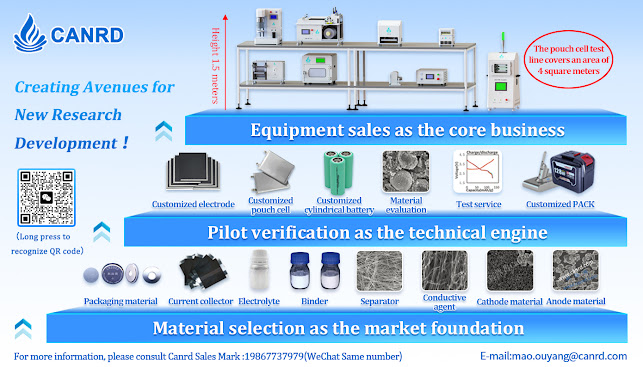1.Overview of three types of batteries
1. Cylindrical battery cell
The cylindrical battery cell was first invented by Sony Corporation of Japan in 1992. It has a long history of development and a high degree of standardization. Common models include 18650, 21700, 46800, etc. It adopts a mature winding process, with a high degree of automation, high production efficiency, good consistency and relatively low cost. For example, the 21700 battery used in Tesla Model 3 and Model Y, and the 46800 battery that is about to be mass-produced, once made the cylindrical battery cell popular in the market. However, there are also some problems with cylindrical batteries. Due to the cylindrical shape, the space utilization rate is low, and in the case of modularization, a large space waste will be caused. At the same time, the radial thermal conductivity is not good, the number of windings of the battery cannot be too many, and the single cell capacity is small. When used in electric vehicles, a large number of single cells are required to form battery modules and battery packs, and the connection loss and BMS management complexity are greatly increased. In addition, the weight is large. Compared with some other shapes of batteries, the weight at the same capacity may be large, which may not be suitable for some applications with high lightweight requirements.








